2-tert-Butylphenol
- CAS NO.:88-18-6
- Empirical Formula: C10H14O
- Molecular Weight: 150.22
- MDL number: MFCD00002223
- EINECS: 201-807-2
- SAFETY DATA SHEET (SDS)
- Update Date: 2025-01-27 09:38:02
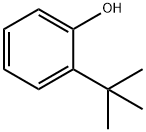
What is 2-tert-Butylphenol?
Chemical properties
CLEAR LIQUID
Chemical properties
The butylphenols include several isomers. Solid butylphenols (28805-86-9) generally have properties similar to the above:
The Uses of 2-tert-Butylphenol
2-tert-Butylphenol is used pharmaceutical intermediates.
The Uses of 2-tert-Butylphenol
Flavors, Fragrances, Insecticides, Phenolic Resins, Antioxidant Intermediate
Definition
ChEBI: 2-tert-Butylphenol is an alkylbenzene.
Potential Exposure
Butylphenols may be used as intermediates in manufacturing varnish and lacquer resins; as a germicidal agent in detergent disinfectants; as a pour point depressant, in motor-oil additives; de-emulsifier for oil; soap-antioxidant, plasticizer, fumigant, and insecticide
Shipping
UN2430 Alkylphenols, solid, n.o.s. (including C2-C12 homologues), Hazard class: 8; Labels: 8— Corrosive material
Incompatibilities
Vapors may form explosive mixture with air. These phenol/cresol materials can react with oxidizers; reaction may be violent. Incompatible with strong reducing substances such as hydrides, nitrides, alkali metals, and sulfides. Flammable gas (H2) is often generated, and the heat of the reaction may cause the gas to ignite and explode. Heat is also generated by the acid-base reaction with bases; such heating may initiate polymerization of the organic compound. React with boranes, alkalies, aliphatic amines, amides, nitric acid, sulfuric acid. Phenols are sulfonated very readily (for example, by concentrated sulfuric acid at room temperature). These reactions generate heat. Phenols are also nitrated very rapidly, even by dilute nitric acid and can explode when heated. Many phenols form metal salts that may be detonated by mild shock
Properties of 2-tert-Butylphenol
| Melting point: | −7 °C(lit.) |
| Boiling point: | 224 °C(lit.) |
| Density | 0.978 g/mL at 25 °C(lit.) |
| vapor pressure | 0.05 mm Hg ( 20 °C) |
| refractive index | n |
| Flash point: | >230 °F |
| storage temp. | Store below +30°C. |
| solubility | 0.97g/l soluble |
| form | clear liquid |
| pka | 10.62(at 25℃) |
| color | Colorless to Light yellow to Light orange |
| Water Solubility | 0.23 g/100 mL (20 ºC) |
| BRN | 1907120 |
| Stability: | Light Sensitive |
| CAS DataBase Reference | 88-18-6(CAS DataBase Reference) |
| NIST Chemistry Reference | Phenol, 2-(1,1-dimethylethyl)-(88-18-6) |
| EPA Substance Registry System | 2-tert-Butylphenol (88-18-6) |
Safety information for 2-tert-Butylphenol
| Signal word | Danger |
| Pictogram(s) |
 Corrosion Corrosives GHS05  Skull and Crossbones Acute Toxicity GHS06  Environment GHS09 |
| GHS Hazard Statements |
H311:Acute toxicity,dermal H314:Skin corrosion/irritation H411:Hazardous to the aquatic environment, long-term hazard |
| Precautionary Statement Codes |
P273:Avoid release to the environment. P280:Wear protective gloves/protective clothing/eye protection/face protection. P303+P361+P353:IF ON SKIN (or hair): Remove/Take off Immediately all contaminated clothing. Rinse SKIN with water/shower. |
Computed Descriptors for 2-tert-Butylphenol
New Products
Indole Methyl Resin tert-butyl 9-methoxy-3-azaspiro[5.5]undecane-3-carboxylate Boc-His(Boc)-OH 2-CTC Resin 4-Chloro-7-tosy1-7Hpyrrolo[2,3-d]pyrimidine 5,7-Dibromo-1H-indole 2,5-dichloro-N-hydroxy-4,6-dimethylpyridine-3-carboximidamide 2,2-Dimethoxy-7-azaspiro[3.5]nonane hydrochloride 4-chloromethyl-5-methyl-1,3-dioxol-2-one (DMDO-Cl) R-2-BENZYLOXY PROPIONIC ACID 1,1’-CARBONYLDIIMIDAZOLE 1,1’-CARBONYLDI (1,2-4 TRIAZOLE) N-METHYL INDAZOLE-3-CARBOXYLIC ACID 4-((2-hydroxyethyl)thio)benzoic acid 1-(TERT-BUTOXYCARBONYL)-2-PYRROLIDINONE Methyl 6-methylnicotinate 3-Pyridineacrylic acid tert-Butyl carbazate TETRAHYDRO-2H-PYRAN-3-OL 2-((4-morpholinophenylamino) (methylthio) methylene) malononitrile 3-(4-morpholinophenylamino)-5-amino-1H-pyrazole-4-carbonitrile 2,4-dihydroxybenzaldehyde 1,3-Diethyl-1,3-Diphenylurea Methyl 2-methylquinoline-6-carboxylateRelated products of tetrahydrofuran


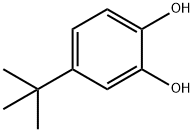
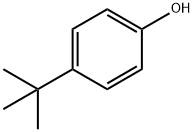
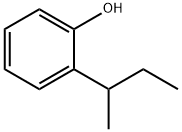
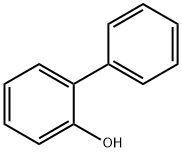
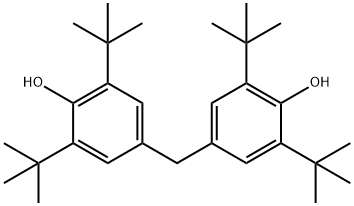
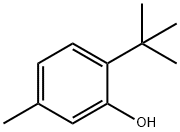
You may like
-
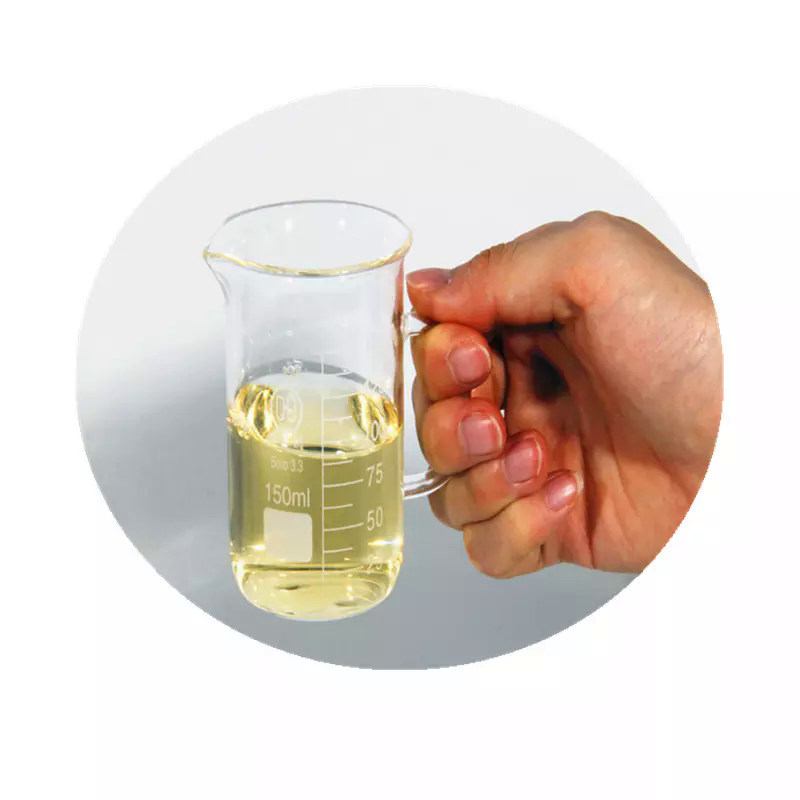 o-t-Butyl phenol 98%View Details
o-t-Butyl phenol 98%View Details -
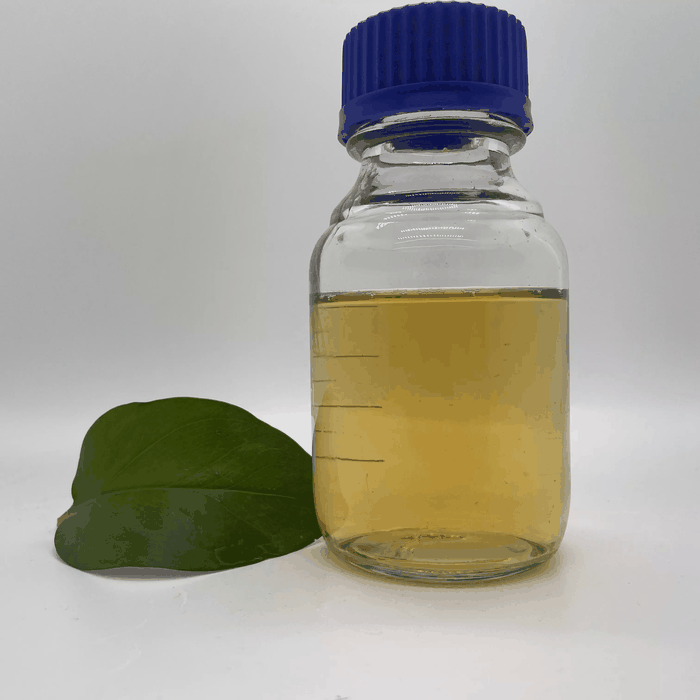 88-18-6 99%View Details
88-18-6 99%View Details
88-18-6 -
 2-tert-Butylphenol CAS 88-18-6View Details
2-tert-Butylphenol CAS 88-18-6View Details
88-18-6 -
 2-tert-Butylphenol CAS 88-18-6View Details
2-tert-Butylphenol CAS 88-18-6View Details
88-18-6 -
 2-tert-Butylphenol CAS 88-18-6View Details
2-tert-Butylphenol CAS 88-18-6View Details
88-18-6 -
 Pyridine 99.5% HPLC /UV SpectroscopyView Details
Pyridine 99.5% HPLC /UV SpectroscopyView Details
110-86-1 -
 Dibutyl PhthalateView Details
Dibutyl PhthalateView Details
84-74-2 -
 Thiourea 99% ARView Details
Thiourea 99% ARView Details
62-56-6
